Physical Address
304 North Cardinal St.
Dorchester Center, MA 02124
Physical Address
304 North Cardinal St.
Dorchester Center, MA 02124
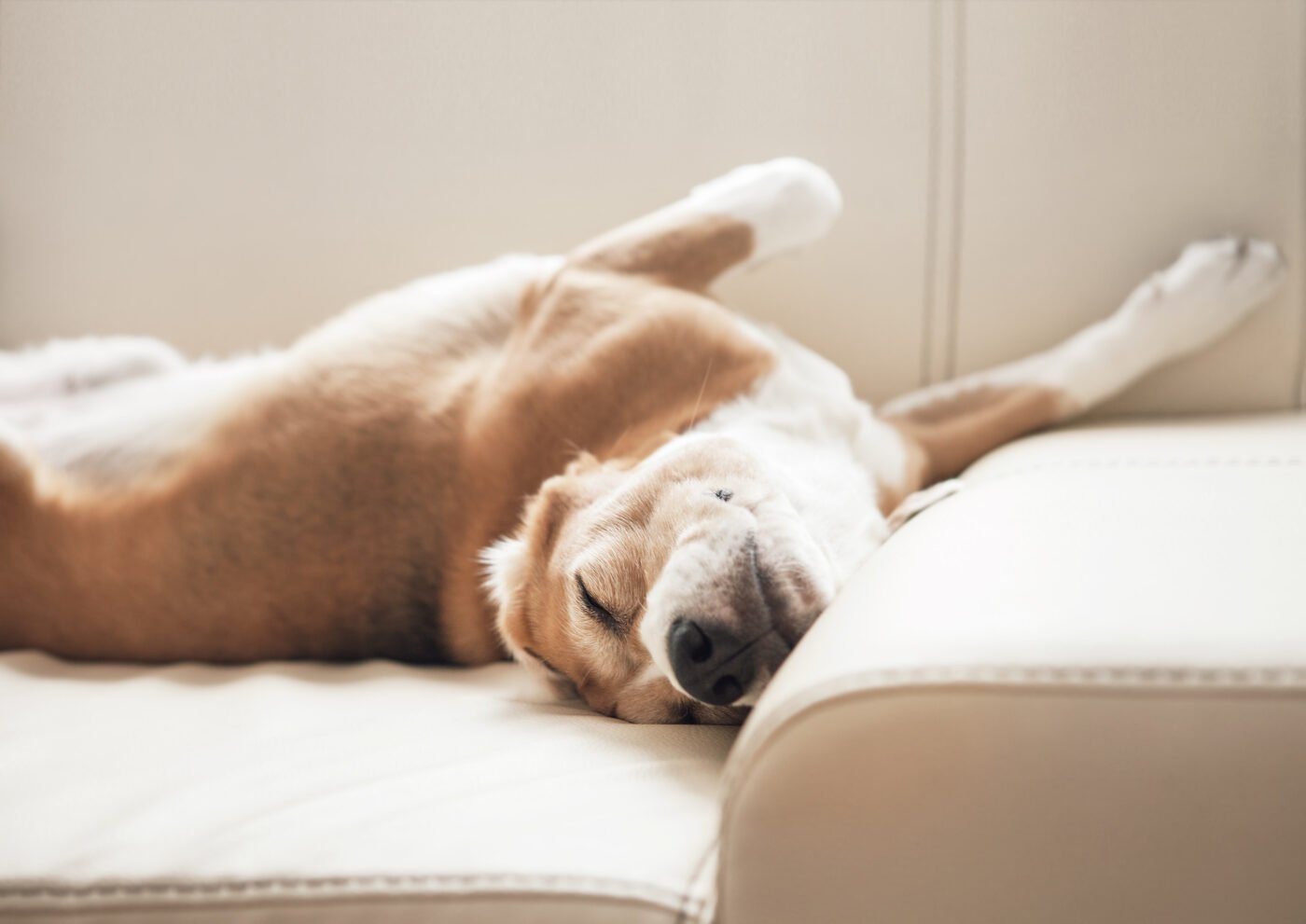
 Shutterstock
Shutterstock
Dogs have a unique way to make us laugh, especially with their funny sleep positions. These delicious postures not only give us joy but also gives us a glimpse of their personalities. A dog’s sleeping habits can reveal their mood, ease and how they are connected to them. Each position gives insights to their sensitive conditions and reflects the bond between them and their people. Their sleeping is a humor to be intriguing, beloved nature that makes the dog such a special companion.
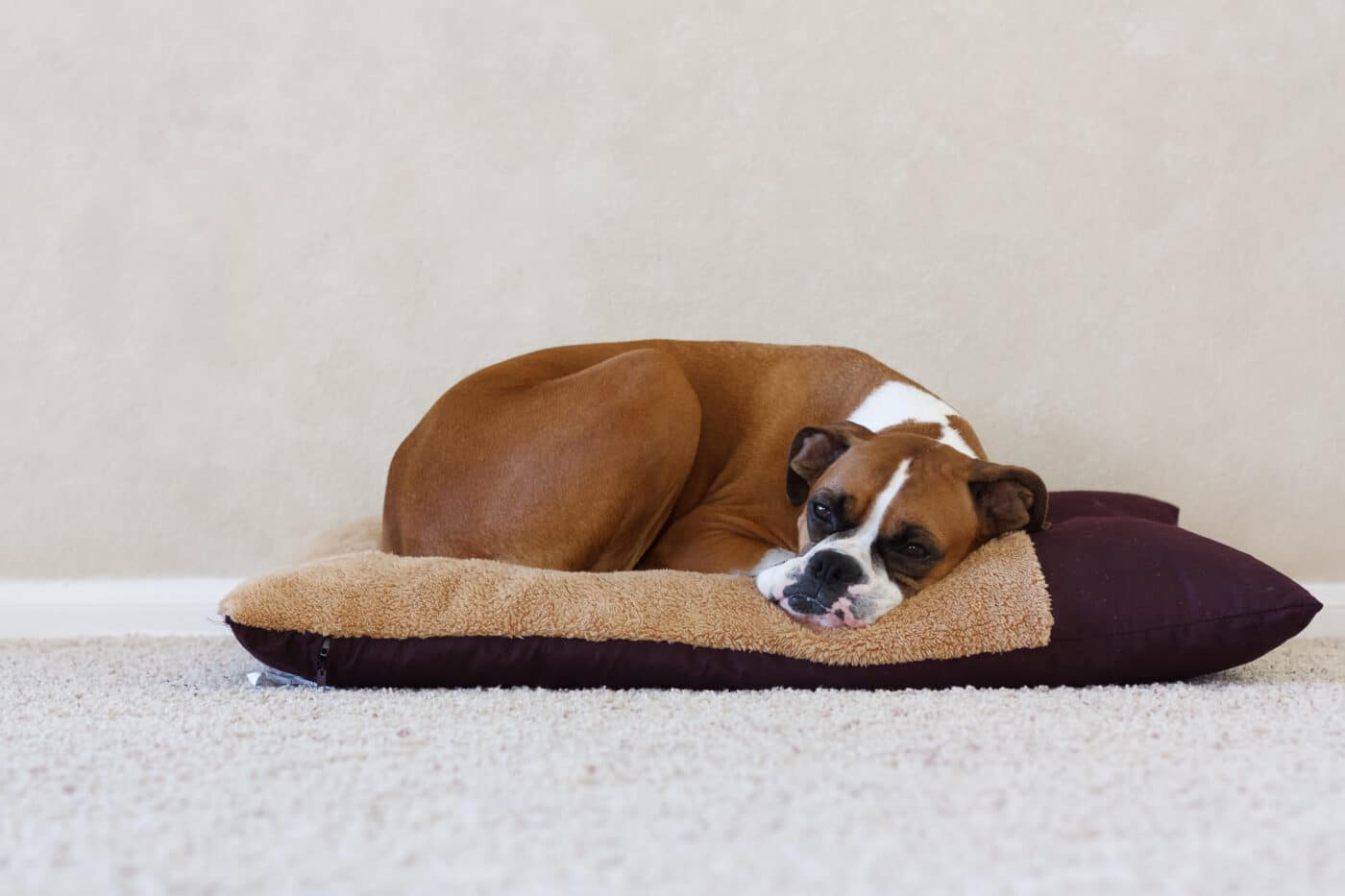 Shutterstock
Shutterstock
One of the most common sleep positions taken by the dogs is the position of the fetus, where they put their heads under their bodies and shake their heads tightly. This position is often seen in dogs that make them feel completely safe and secure in their environment. It reflects a quiet and content behavior, indicating that your dog feels protected and comfortable in their surroundings. They are generally comfortable and comfortable and this position shows their requirements for warmth and protection, just as a child will be comfortable in a comfortable, safe place.
 Shutterstock
Shutterstock
Superman pose, where a dog extends on their stomachs and moves their legs forward, often signs of high strength and intriguing. This position shows that the dog is ready to jump into action at a moment’s notice, as it allows it to move quickly. It reflects a confident and comfortable condition, indicating that the dog feels safe enough to sleep in such a cautious position. The dogs that take superman pose are often active, adventurous and full of life, always ready for what comes the next, be it time to play or walk.
 Shutterstock
Shutterstock
When a dog extends their legs and sleeps on their side, they show their complete faith in their environment. This position indicates that the dog feels safe enough to relax and drop their guard. It shows that they are comfortable in their surroundings and are able to rest perfectly without anxiety. Side sleepers are often lagging behind and easier, as they feel enough to sleep in a comfortable, protected position. This sleeping habit is common in the dog that is confident, credible and well integrated with their home environment.
 Shutterstock
Shutterstock
Donut Carl is a position where a dog curls their tail tightly in a ball that wrapped around their body. This position often indicates the need for a dog for warmth and protection. It is also an innate behavior to protect their important organs while sleeping. This curled-up position is common in dogs that may feel sensitive to their environment or the need to protect itself, especially in strangers or cold environments. Although it is often seen in the cool climate, it can reflect the more alert or preserved nature.
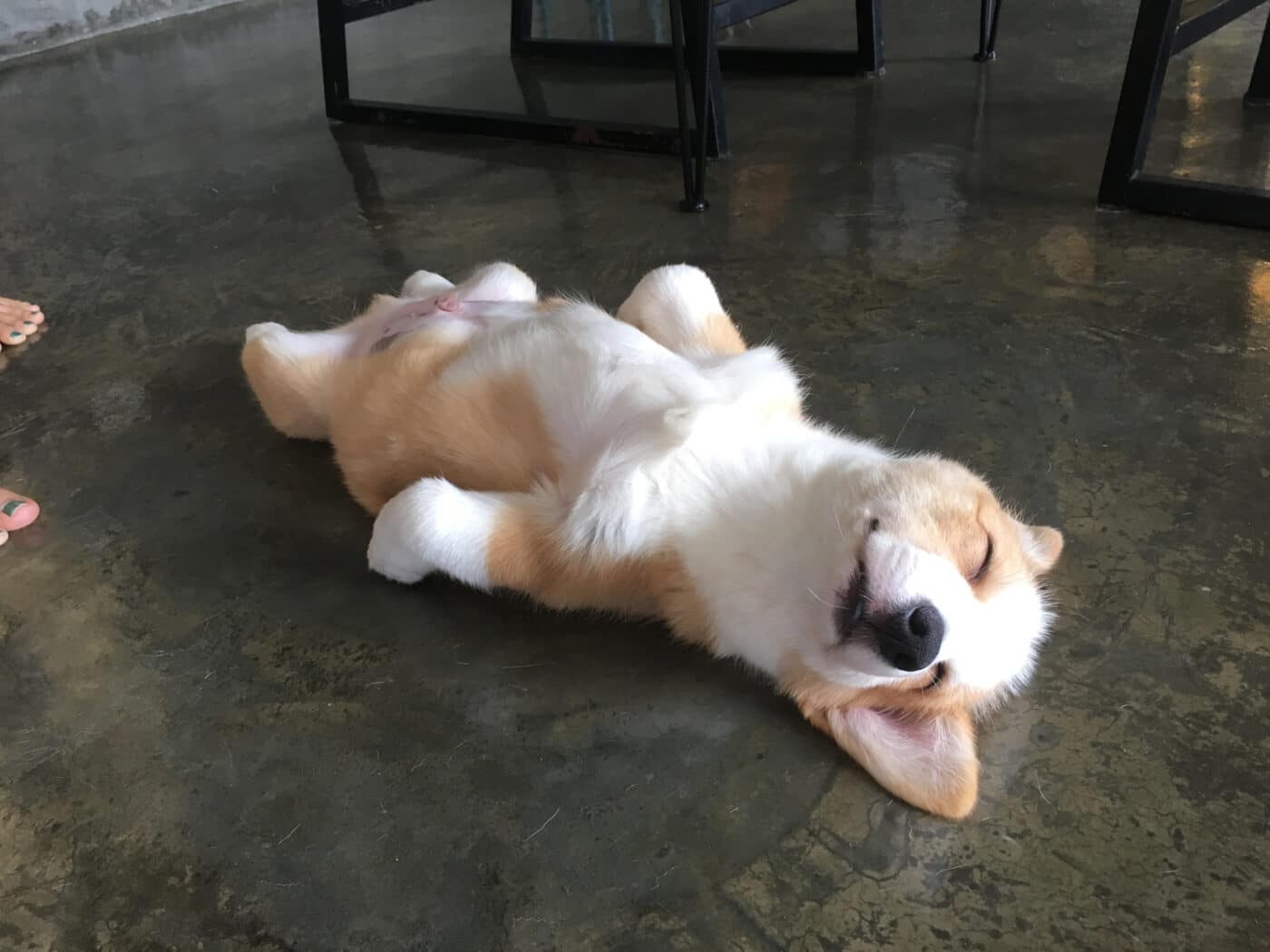 Shutterstock
Shutterstock
When a dog is exposed to their stomach and sleeps on their backs, this is a clear sign of complete faith and ease. This position, where a dog shows them the weakest side, suggests that they feel completely safe in their environment. Bell-up sleepers are usually confident and content, because they are fearless to express their stomach, a highly sensitive region. This sleeping posture often invites the abdomen, indicating that the dog wants affection and exposed to physical intimacy, strengthening the bond with their owners and the need for their comfort.
 Shutterstock
Shutterstock
The rear slipper is a joke and often funny position where a dog is a dog with their heads on their legs in the leg It can look a bit awkward but it is quite comfortable for some dogs. This position shows that the dog can be rested and sleeping in an obsolete way to feel close to their owners. It can also indicate a dog that still adjusts to their environment, examining the various ways to sleep at ease while being careful about any possible change around them.
 Shutterstock
Shutterstock
When a dog suddenly spreads to their back and odd angles, it is a joke and careless gesture. This position reflects the joyful personality of a dog and their comfort in the environment. The flop-over pose shows that a dog is in a comfortable, happy state and is fully believed around them. It is often seen in dogs who are sports and powerful, ready for spring again at any moment. The spontaneous nature of this position reflects the need for the fun and excitement of the dog, making it both fun and dear.
 Shutterstock
Shutterstock
Dogs that sleep on an advanced surface with their heads, such as on the edge of a pillow or a couch, are seeking extra comfort and support when feeling comfortable. This position suggests that the dog is in a quiet, comfortable state but still may need light to be aware of them or maintain awareness around them. It is often seen in more cautious or sensitive dogs that seek some extra protection, yet it feels safe enough for rest. This gesture reflects the dog’s desire for both comfort and little alert.
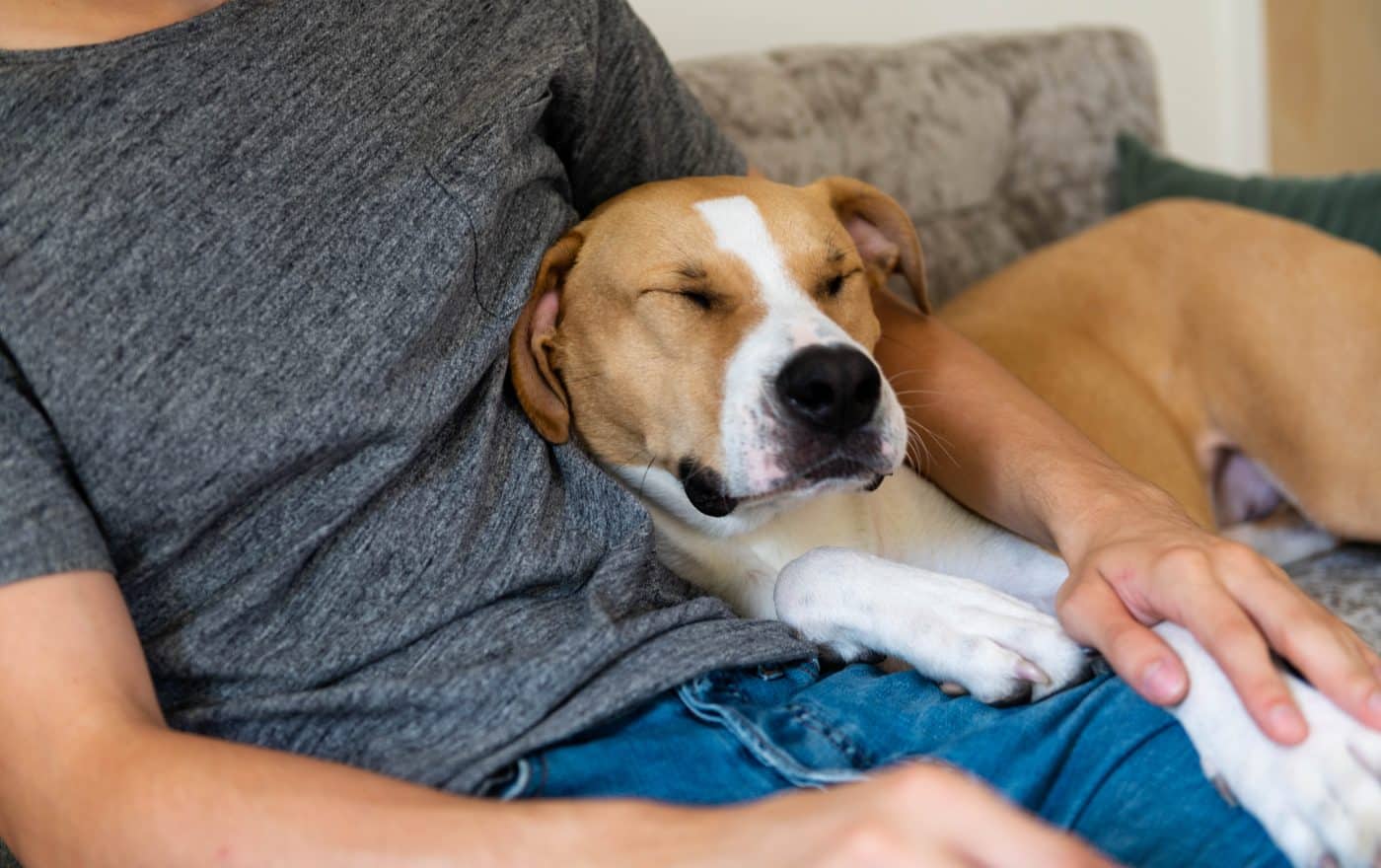 Shutterstock
Shutterstock
The location of the snuggle bug is when a dog presses against their owner or other pet, wants warmth, affection and companionship. This position shows a bond between dogs and their favorite people or animals. The dogs who sleep like this are the best of the physical intimacy and feel the safest when it falls. This sleep position is a clear indication of the dog’s affectionate nature and the desire for sensitive connection. It reflects the deep feeling of faith and ease with their families, ensures that they feel love and protected during rest.
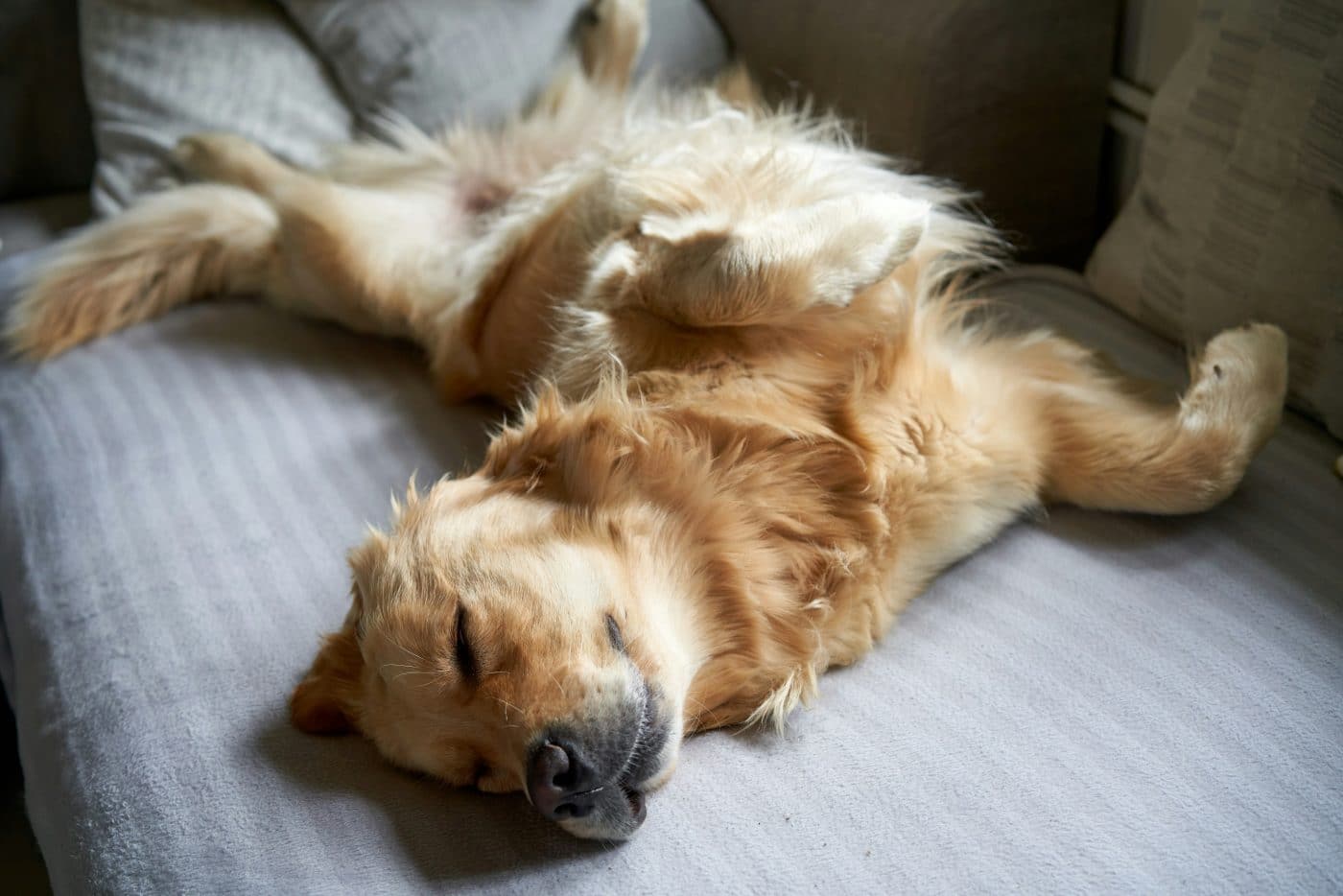 Shutterstock
Shutterstock
In a curved body posture, a dog turns their body into a pretzel -like position, often crosses the organs or turns into unexpected directions. It may sound uncomfortable but many dogs prefer to sleep in this position, as it still lets them expand when feeling comfortable. This posture reflects the flexibility and adaptability of a dog, they show that they can rest in different ways depending on the space and the environment. The dogs that sleep like this are often strong and physically active, after a long day, they expand their bodies or find a new way to rest comfortably.
 Shutterstock
Shutterstock
In the position of the curled tail, a dog embraces their tail around their body, similar to the donut curl but is more tightly coated with the tail. This posture indicates that the dog is looking for warmth and ease, as well as protects itself. It is often seen in dogs who are more reserved or cautious, as they prefer to sleep in a compact and protected position. Curlled tail pose may also suggest that a dog is seeking sensitive protection, curling up to make them feel safe and safe in their environment.
 Shutterstock
Shutterstock
Some dogs prefer the old under the blanket, pillow or even their owner’s legs while sleeping. Snugle under the position is to search for a feeling of warmth, comfort and protection. The dogs that sleep this way often want to feel binding in a comfortable place, allowing them to rest deeply while feeling safe. This location indicates that the dog keeps strong bonds with their owner and enjoys to be physically close to them. It is also a symptom that the dog sought the extra comfort of warmth and physical affection during their rest.
 Mid -journey
Mid -journey
Dogs communicate through their sleep position, supplying both humor and insight to their personality. Every posture tells a story about their mood, comfort and overall sensitive condition. These behaviors reveal how dogs communicate with their environment and reflect their feelings to their owners. The next time you identify your dog in a comedy or funny sleep position, take some time to appreciate the unique ways that you share the bond and your dog expresses yourself in the moments of rest.